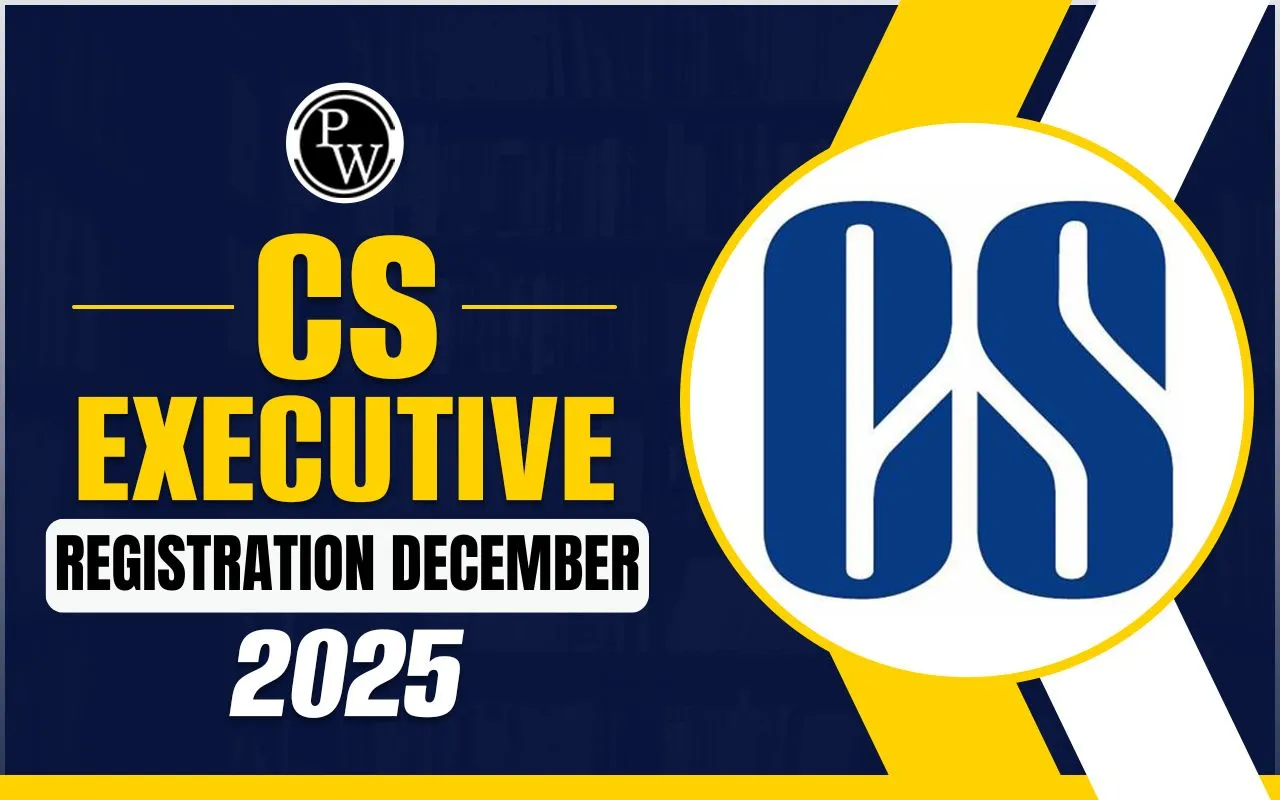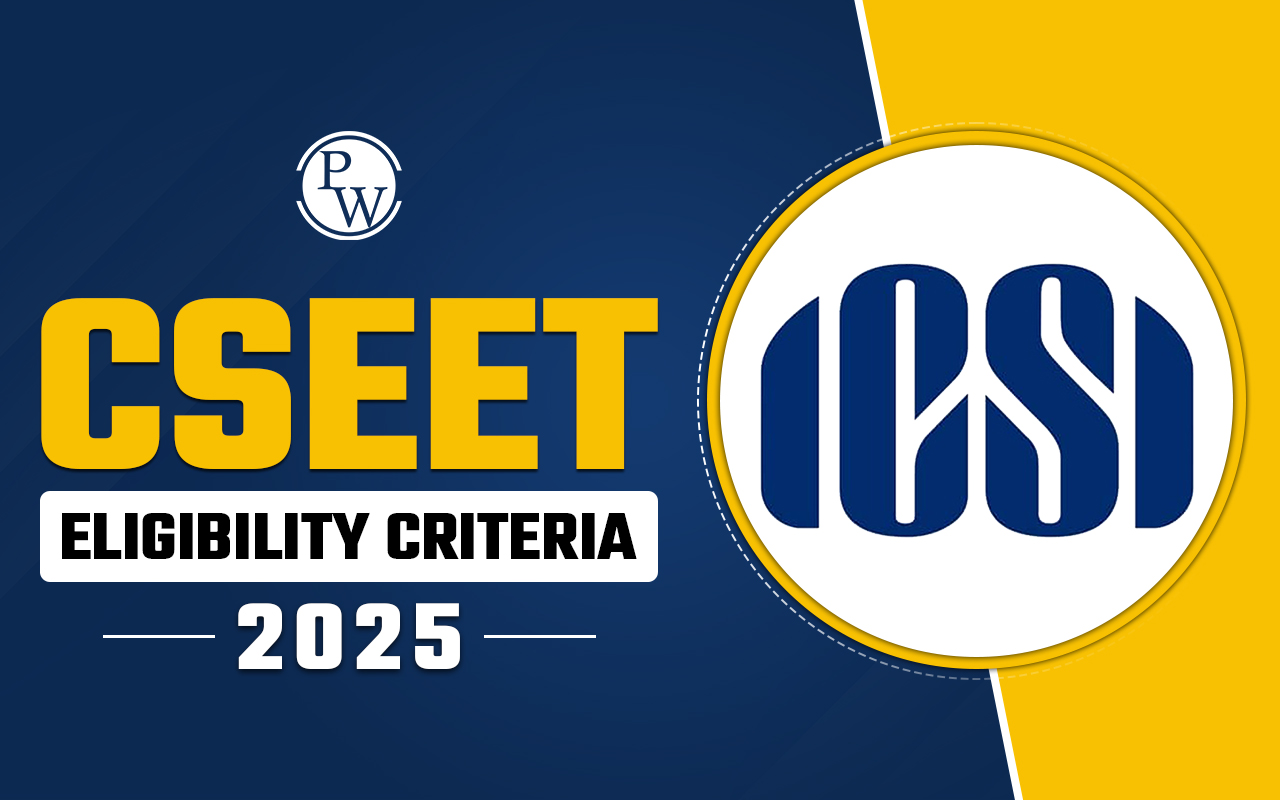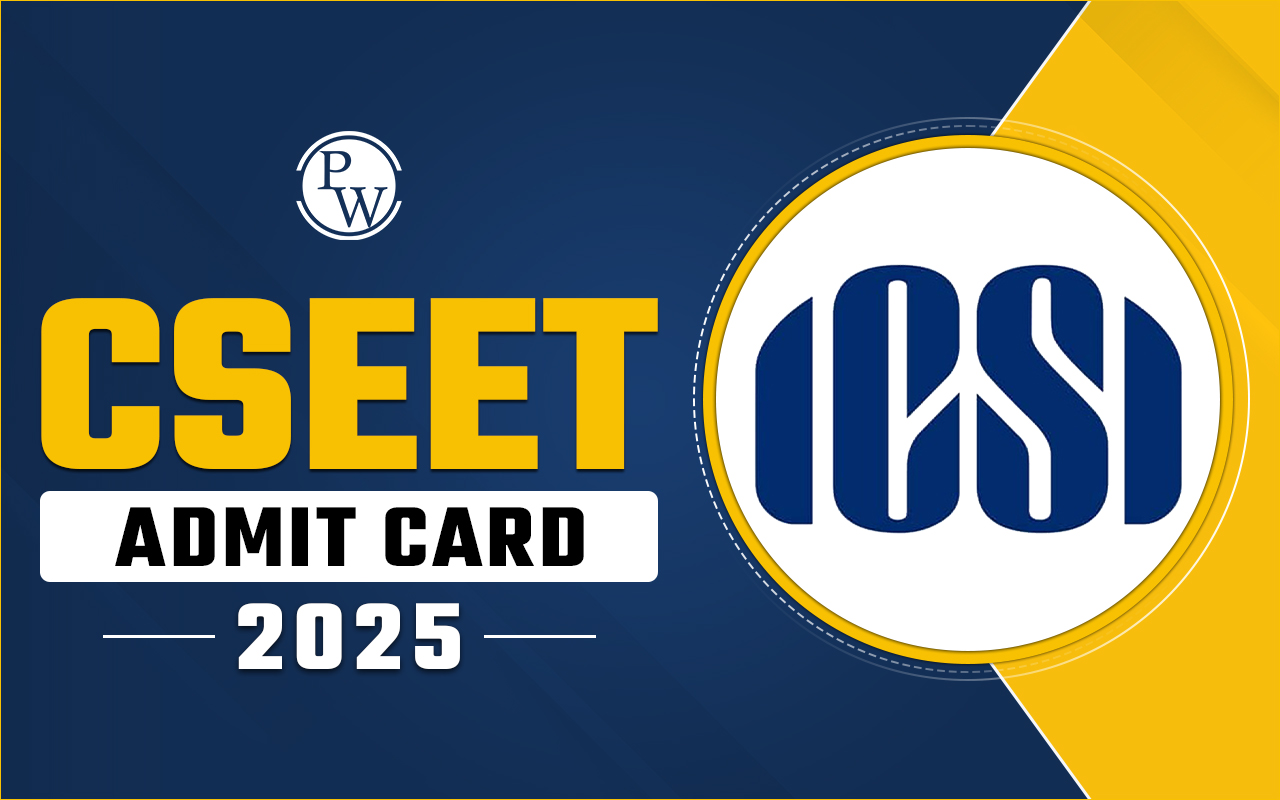
What is Forecasting Financial Statements?
Forecasting financial statements is the process of projecting a company's future financial performance based on historical data, trends, and assumptions about future events. This practice is crucial for business planning, decision-making, and strategy formulation. Financial Statements: According to section 2(40) of Companies Act, 2013 defines “financial statement” in relation to a company, includes (i) A Balance Sheet as at the end of the financial year, (ii) A Profit and Loss account, or (for a company engaged in non-profit activities, an income and expenditure account for the financial year), (iii) Cash Flow Statement for the financial year, (iv) A Statement of Changes in Equity, where relevant and (v) Any explanatory note attached to or included as part of any documentFinancial Forecasting: Meaning and Introduction
Financial forecasting is like predicting a company's financial future by looking at its past performance, such as revenue, cash flow, expenses, and sales. It's crucial for driving business success and building trust with stakeholders. Financial projections help make decisions about the company's future performance. It's about making commitments today for actions tomorrow. Forecasting involves analyzing past performance, current trends, and other factors that could affect the business. Companies that follow best practices in financial forecasting are better prepared to grow and handle unexpected challenges. A solid financial forecast considers both big-picture economic factors and specific conditions of the company. It includes short and long-term predictions about factors that could affect revenue and plans for unexpected expenses.Financial Forecasting vs. Budgeting
| Basis | Forecast | Budget |
| Meaning | A mere estimate of what is likely to occur. | Indicates the policies and programs to be followed in the future under planned conditions. |
| Nature of Event | Probable | Proposed |
| Tool of control | No | Yes |
| Base | It serves as a preliminary step or foundation for budgeting. | Forecasts are converted into budget |
| Hierarchy | It concludes with a forecast of probable events. | It starts where forecasting ends. |
| Scope | Wider | Limited |
Financial Forecasting vs. Financial Projection
| Aspect | Financial Forecasting | Financial Projection |
| Meaning | Statement of management's expectations based on what top management reasonably expects will happen to and in the company and the expected financial impacts. | Projects likely outcomes of hypothetical scenarios or assumptions. |
| Nature of Event | Based on expected events and business conditions. | Based on hypothetical scenarios. |
| Tool of Control | Tool for guiding business decisions and setting targets. | Tool for exploring scenarios and predicting outcomes before adjusting plans. |
| Base | Expected events and business conditions. | Hypothetical scenarios or assumptions. |
| Hierarchy | Higher level of certainty and reliance. | Lower level of certainty and reliance. |
| Scope | Focuses on likely future outcomes. | Considers various hypothetical scenarios and their outcomes. |
Financial Forecasting Components and Factors
- Define the purpose of financial forecasting
- Collection of historical data and accuracy of data sources
- A forward-looking time horizon (12-18-24 Month span)
- Formulas for determining the significance or weighting of any piece of data
- Consideration of an Internal and Macro-economic risk
- Best/Worst case (Revenue and Expenses) scenarios
- Selection of financial forecast method
- Documentation/Monitoring/Analysis of data
Financial Statement Forecasting
Based on Revenue (% of Turnover) In this method, key items like costs of goods sold (COGS), stock, and cash are estimated as a percentage of sales. These percentages are then used to predict future values for each item. For instance, if COGS usually increases in line with turnover, the same percentage can be applied. To forecast the percentage of sales, analyze historical profits relative to sales for each account. Divide each account by its sales to calculate this, assuming consistency over time. For example, if COGS has historically been 30% of sales, expect this trend to continue. Moving Average Method Moving Average forecasting uses past data to predict the future in two ways: by averaging previous periods. It's best for short-term forecasts as it closely tracks changes in demand. For example, you can forecast next month's sales by averaging data from the previous quarter. Incorporating weighted averages for current periods can improve the accuracy of these forecasts. For Moving Average: P1+P2+P3…/N P = Average for a period N = Total number of periods Constant growth Rate This method assumes a company's growth rate remains constant. To forecast future revenue, multiply last year's revenue by the growth rate. For instance, if the growth rate was 12% in 2021-22, it's assumed to be constant for 2022-23. This approach ignores market fluctuations and supply chain issues. Regression Method This method links two variables: the forecasted amount (dependent variable) and the influencing factor (independent variable). For instance, advertisement expense (independent) and sales (dependent). It suggests that changes in advertisement expense impact sales. It is based on equation: Y = BX + A Y= Dependent variable (Forecasted number) B = Slope line X = Independent variable A = Y-intercept Delphi Method The Delphi method, or ETE, is a qualitative forecasting approach. It gathers opinions from financial experts through multiple rounds of questions. Experts predict future outcomes and reach consensus on topics. They provide updated opinions based on summary reports. This method is crucial for qualitative forecasting.Forecasting of Profit & Loss (Profitability Projections)
- It is advisable not to assume full Capacity utilization in the beginning year of operation. It means capacity utilization should be low in beginning years and rise gradually to reach the maximum level.
- It may be assumed that sales and production would be equal. Hence, adjustments towards finish goods stock is not required.
- Revenue shall be considered net of excise duty
Following statement may be used for Profitability Projections
| Particulars | Amount Rs |
| Revenue (Sales) | |
| Less: Variable Cost | |
| Contribution | |
Less: Fixed Cost
|
|
| EBIT | |
| Less: Interest | |
| EBT | |
| Less: Tax | |
| EAT (PAT) [Profit for the Year] |
Forecasting of Cash Flow Statement
Operating Activities: Operating activities are the primary revenue-generating activities of a business, typically arising from transactions and events that determine net profit or loss. The ability to generate sufficient operating cash flow boosts the confidence of external parties such as lenders and investors. A company with substantial surplus cash flow from operations often enjoys high market capitalization, indicating the quality of its earnings. Investing Activities: It basically deals with Proceeds from sale/disposal of Non-Current Assets (whether Tangible/Intangible/ Depreciable/Non-Depreciable) and Non-Operating incomes from investments shall be added such as:- Dividend received on shares held as investment
- Interest received on debentures held as investment
- Rent received from property held as investment
Forecasting of Balance Sheet
The balance sheet, showing the balances in various assets, equity and liabilities of corporates and which reflects the financial conditions of firms at given point of time. The forecasted balance sheet may be prepared based on following format:| Particulars | Note No. | Figures for Historical data | Figures for forecasted data |
| I. EQUITY AND LIABILITIES | |||
| 1. Shareholders Fund a. Share capital b. Reserves and Surplus (e.g., Debit balance of P&L as negative figure) c. Money received against share warrants 2. Share application Money Pending Allotment 3. Non-Current Liabilities a. Long term borrowings b. Deferred Tax Liabilities c. Other Long-term liabilities d. Long term Provisions 4. Current Liabilities a. Short term Borrowings b. Trade payables c. Other Current Liabilities d. Short term Provisions | |||
| Total | |||
| II. ASSETS | |||
| (1) Non-Current Assets a. Fixed Assets i. Tangible assets ii. Intangible assets iii. Capital Work in progress iv. Intangible assets under Developments b. Non-current Investments c. Deferred Tax Assets (Net) d. Long term loans and Advances e. Other Non-current Assets (2) Current Assets a. Current Investments b. Inventories c. Trade Receivables d. Cash and Cash Equivalents e. Short term loans and advances f. Other Current Assets | |||
| Total |
Forecasting Financial Statements FAQs
What is forecasting financial statements?
Forecasting financial statements involves predicting a company’s future financial performance by estimating its income statement, balance sheet, and cash flow statement. This helps in planning and decision-making.
Why is forecasting financial statements important?
Forecasting helps businesses plan for future growth, manage resources, secure funding, and make informed strategic decisions. It also helps identify potential financial challenges early.
What are the key components of financial statement forecasting?
1- Income Statement: Predicts future revenue, expenses, and profits.
2- Balance Sheet: Estimates future assets, liabilities, and equity.
3- Cash Flow Statement: Forecasts future cash inflows and outflows.
What methods are used to forecast financial statements?
1- Historical Analysis: Using past financial data to predict future performance.
2- Trend Analysis: Identifying patterns over time to make projections.
3- Pro Forma Statements: Creating hypothetical scenarios based on assumptions and goals.
How can businesses ensure accurate financial forecasts?
1- Use reliable data: Base forecasts on accurate historical data.
2- Regular updates: Frequently revise forecasts to reflect new information.
3- Consider external factors: Account for market trends and economic conditions.
4- Involve experts: Consult financial analysts or use forecasting software.
🔥 Trending Blogs
Talk to a counsellorHave doubts? Our support team will be happy to assist you!

Check out these Related Articles
Free Learning Resources
PW Books
Notes (Class 10-12)
PW Study Materials
Notes (Class 6-9)
Ncert Solutions
Govt Exams
Class 6th to 12th Online Courses
Govt Job Exams Courses
UPSC Coaching
Defence Exam Coaching
Gate Exam Coaching
Other Exams
Know about Physics Wallah
Physics Wallah is an Indian edtech platform that provides accessible & comprehensive learning experiences to students from Class 6th to postgraduate level. We also provide extensive NCERT solutions, sample paper, NEET, JEE Mains, BITSAT previous year papers & more such resources to students. Physics Wallah also caters to over 3.5 million registered students and over 78 lakh+ Youtube subscribers with 4.8 rating on its app.
We Stand Out because
We provide students with intensive courses with India’s qualified & experienced faculties & mentors. PW strives to make the learning experience comprehensive and accessible for students of all sections of society. We believe in empowering every single student who couldn't dream of a good career in engineering and medical field earlier.
Our Key Focus Areas
Physics Wallah's main focus is to make the learning experience as economical as possible for all students. With our affordable courses like Lakshya, Udaan and Arjuna and many others, we have been able to provide a platform for lakhs of aspirants. From providing Chemistry, Maths, Physics formula to giving e-books of eminent authors like RD Sharma, RS Aggarwal and Lakhmir Singh, PW focuses on every single student's need for preparation.
What Makes Us Different
Physics Wallah strives to develop a comprehensive pedagogical structure for students, where they get a state-of-the-art learning experience with study material and resources. Apart from catering students preparing for JEE Mains and NEET, PW also provides study material for each state board like Uttar Pradesh, Bihar, and others
Copyright © 2025 Physicswallah Limited All rights reserved.
Get App









